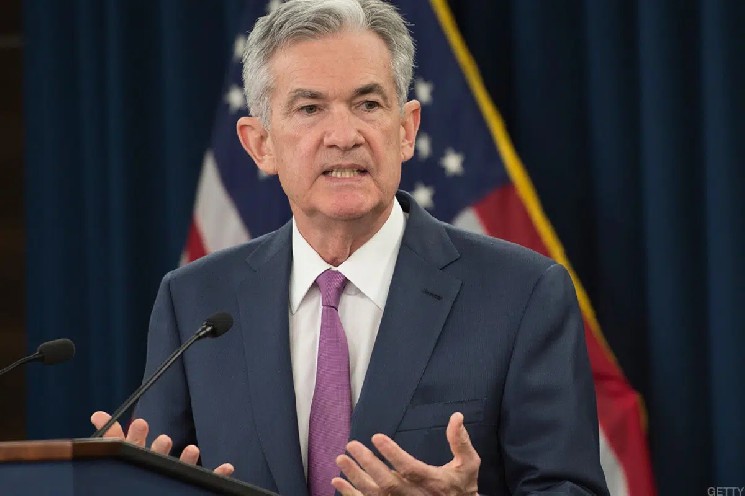
The Fed lowered its policy rate by 25 basis points to a range of 3.75%-4.00%. This decision marked the second consecutive rate cut, in line with expectations. However, two FOMC members voted against the decision, signaling a deepening divide within the board. Here are the key highlights from Powell's speech: Current data suggest the outlook has not changed much. The labor market appears to be gradually cooling down. Inflation levels remain slightly high. Current data show the economy growing moderately. Data before the government shutdown suggested the economy might be on a more robust path. Current data shows that layoffs and hiring remain low. A government shutdown will temporarily slow economic activity. Downside risks to employment appear to have increased. Inflation expectations have risen recently. Most long-term inflation expectations are in line with the target. High customs duties increase the prices of some goods. Under a reasonable baseline scenario, the impact of tariffs on inflation would be temporary. We need to manage the risk of long-term inflation. It is our responsibility to ensure that it does not become a persistent problem. The balance of risks has changed. There is no risk-free path to politics. We are fully prepared to respond quickly to economic developments. There were serious disagreements at the meeting about how to proceed (on policy). Another interest rate cut in December is not certain. The Fed's interest rate cut is “another step toward a more neutral policy stance.” Pressures in the money market require urgent adjustments to balance sheet operations. December marks the next phase of the balance sheet process, which will remain stable in the short term. The reinvestment strategy will bring the weighted average maturity closer to the outstanding stock of securities. There are “clear signs” that quantitative tightening should be stopped. We need to consider the uncertainty surrounding the December interest rate decision. The Fed has not yet made a decision about its December meeting. The same risk management logic applies to today's interest rate cut. The “different picture” in the labor market justifies the recent interest rate cuts. The October rate cut follows the same risk management logic as the September rate cut. The situation will be different in the future. We cannot address both employment and inflation risks with a single tool. Money market liquidity has tightened over the past three weeks. Our bank reserves are only slightly above adequate. Continuing to shrink the balance sheet will not be very beneficial. State unemployment claims data suggest that things are progressing normally. If data show that the labor market is stabilizing or strengthening, this will help inform policy decisions. If data shows an improvement in the labor market, this will influence policy decisions. If there are significant changes in the economy, I think we will take that into consideration. If the degree of uncertainty is high, this may be a reason to act cautiously. Today's rate cut has strong and definitive support. I don't know what data will be released before the December Federal Open Market Committee meeting. The crux of the debate lies in the future. The conversation continues and you can get the latest information by refreshing the page. Kansas City Fed President Jeffrey Schmid voted to maintain the current rate level, stating that a rate cut was premature. Fed member Stephen Miran argued for a more aggressive 50 basis point cut. The FOMC also announced that the Fed will end its quantitative tightening of its balance sheet as of December 1st. The Fed is currently reducing Treasury bond holdings by $5 billion per month and mortgage-backed securities (MBS) by $35 billion. After this date, the principal from MBS redemptions will be reinvested in short-term Treasury bonds. The decision stated that current indicators indicate that economic activity continues to expand at a moderate pace. It emphasized that employment growth slowed during the year, while the unemployment rate, while slightly increasing, remained low. It also noted that inflation has risen since the beginning of the year but remains above target. The Committee reiterated its commitment to maintaining its long-term target of maximum employment and 2% inflation. However, it noted that uncertainties surrounding the economic outlook remain high and downside risks to employment have increased in recent months. *This is not investment advice.
DeFiLlama’s founder 0xngmi has accused Blockworks of reselling DeFiLlama’s free data
1 hour ago
‘And Then You Win’ Book Tells The Secrets Of Bitfury’s Bitcoin Empire
2 hour ago
Bitchat Tops Jamaica App Charts as Hurricane Melissa Cuts Connectivity
2 hour ago
Asia Morning Briefing: What's the Real Use for a Yen Stablecoin? An On-Chain Carry Trade
3 hour ago
Meme‑coin issuer behind $TRUMP negotiates purchase of Republic's US business
3 hour ago
21Shares files HYPE ETF, Bitwise Solana ETF sees ‘huge number’ on day 2
3 hour ago